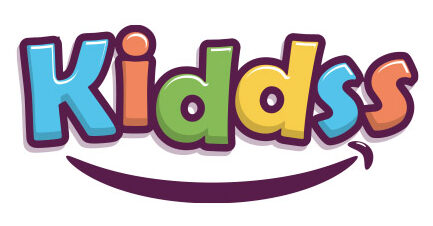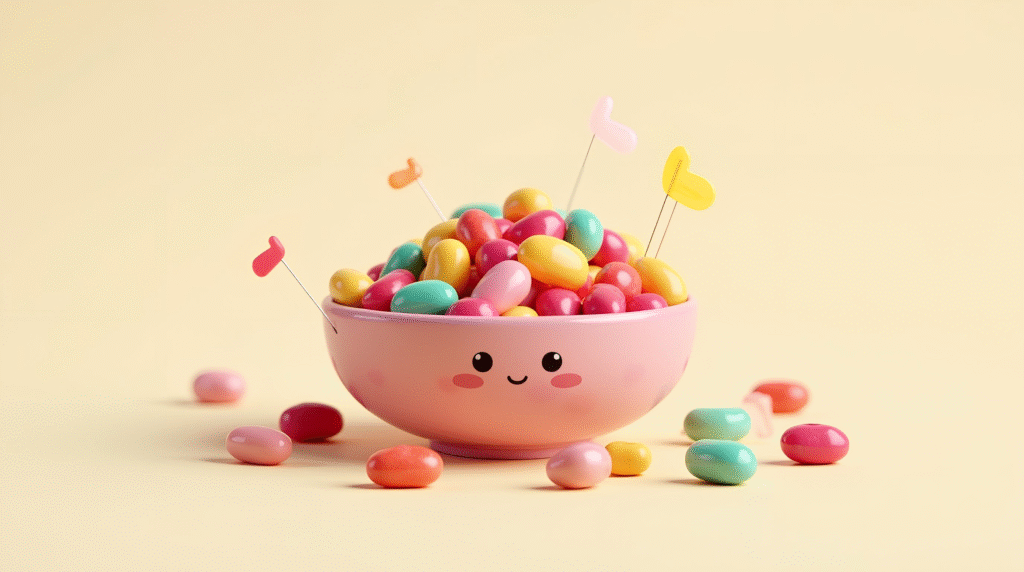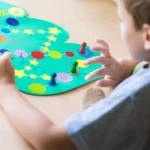Jellybeans may be tiny, but their bright colors and surprising flavors make them a favorite among children and adults alike. Beyond being sweet treats, jellybeans offer engaging ways to spark curiosity in kids about colors, counting, textures, and even food science. In this article, we’ll explore the history of jellybeans, their variety, educational uses, and some fun facts that can turn snack time into learning time!
1. What Are Jellybeans?
Jellybeans are small, bean-shaped candies with a soft, chewy center and a hard sugar shell. They come in a wide variety of colors and flavors, from classic fruit to spicy cinnamon or even popcorn!
2. A Brief History of Jellybeans
The jellybean’s exact origin is unclear, but they became popular in the United States during the 19th century. In the early 1900s, jellybeans were associated with Easter due to their egg-like shape. Today, they’re enjoyed year-round and often used in holiday treats.
3. Why Do Kids Love Jellybeans?
- Bright colors: Kids are naturally drawn to vibrant colors.
- Tiny size: Small and easy to handle.
- Surprise flavours: Fun for taste-testing and guessing games.
- Texture exploration: From smooth shells to chewy centres.
This opens up opportunities to teach color recognition, flavor adjectives, and grouping and sorting skills.
4. Learning with Jellybeans
You can turn jellybeans into an educational activity! Here’s how:
- Counting games: Ask children to count jellybeans by color.
- Graphing: Create simple bar charts of jellybean colors.
- Taste testing: Help kids describe different tastes and textures.
- Guess the flavor: Encourages vocabulary and sensory awareness.
5. Jellybeans Around the World
Did you know some jellybeans are spicy or sour depending on the country? For example:
- Japan: Unusual flavors like soy sauce or wasabi.
- USA: Popular “Bertie Bott’s” jellybeans from Harry Potter.
- UK: Classic fruit flavors dominate.
This cultural exploration is a great opportunity to talk about global food diversity with children.
6. The Science of Jellybeans
- Why are jellybeans shiny? Because of confectioner’s glaze, often made with shellac.
- How do they get their flavor? Through flavor infusion in the center and coating.
- Can jellybeans melt? Yes! In heat, their outer shells may crack or stick.
Kids love learning “why” and “how,” and jellybeans provide a gateway into food chemistry.
7. Moderation and Health Tips
Jellybeans are made mostly from sugar, so they’re best enjoyed as occasional treats. Use them in small quantities for fun learning, rather than regular snacks.
Tips for parents:
- Opt for natural coloring when possible
- Avoid giving jellybeans to children under 3 due to choking risk
- Always brush teeth after sugary treats
⚠️ Caution
Avoid giving jellybeans to toddlers or children under 3. Supervise all learning activities that involve food. Be mindful of allergies and always check ingredient labels, especially for dyes and shellac.
💬 Want to contribute or give feedback?
If you’d like to share your thoughts or submit your own article for our blog, please email us at info@kiddss.com











